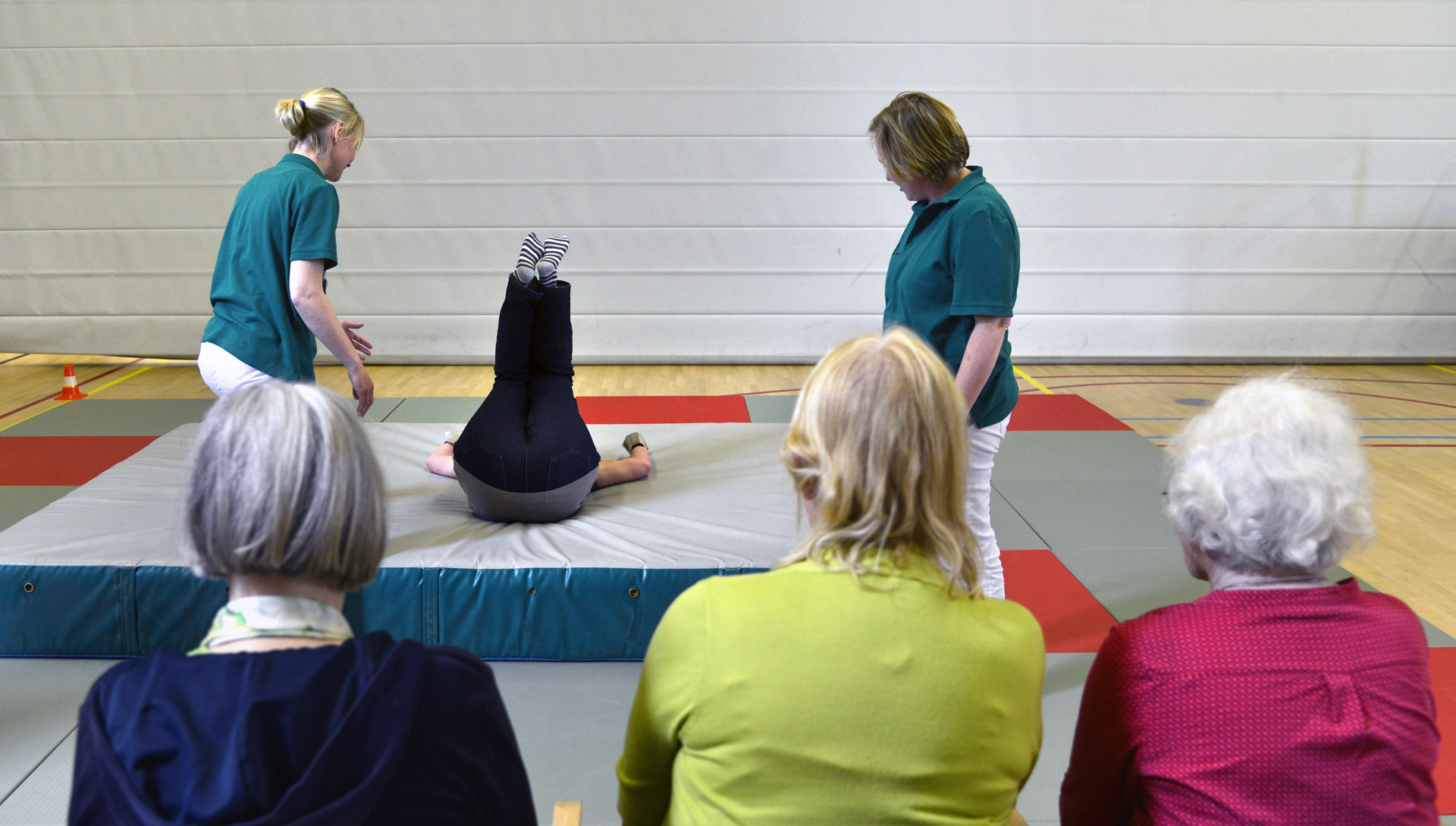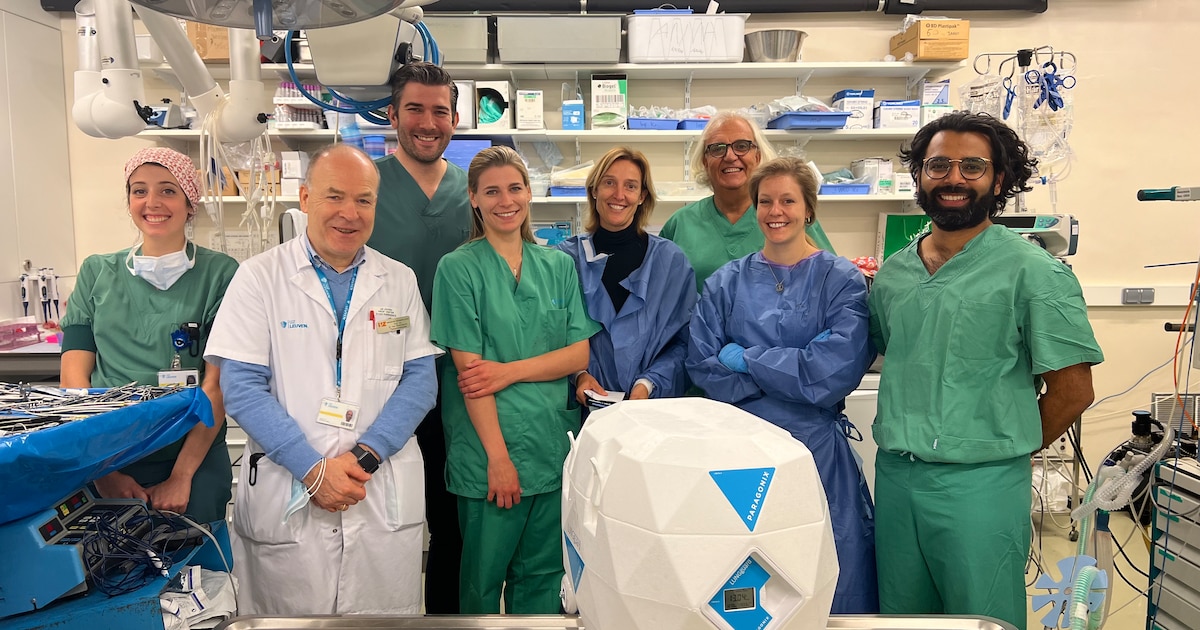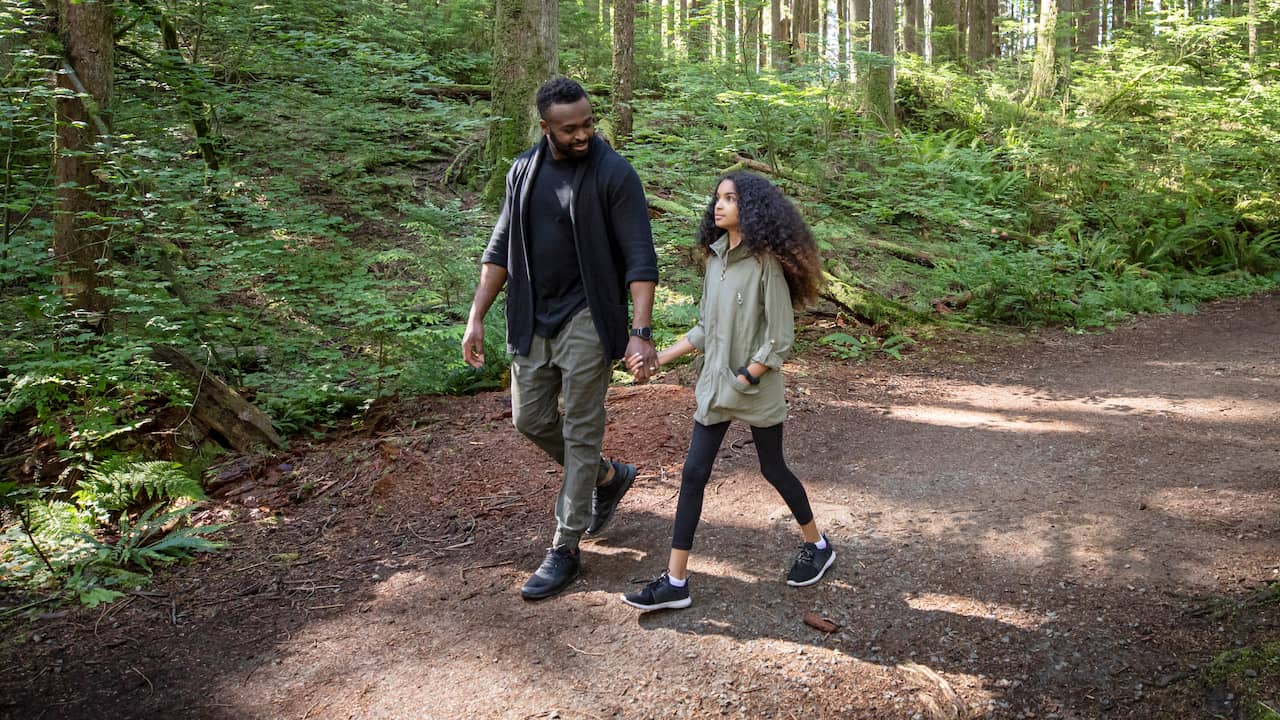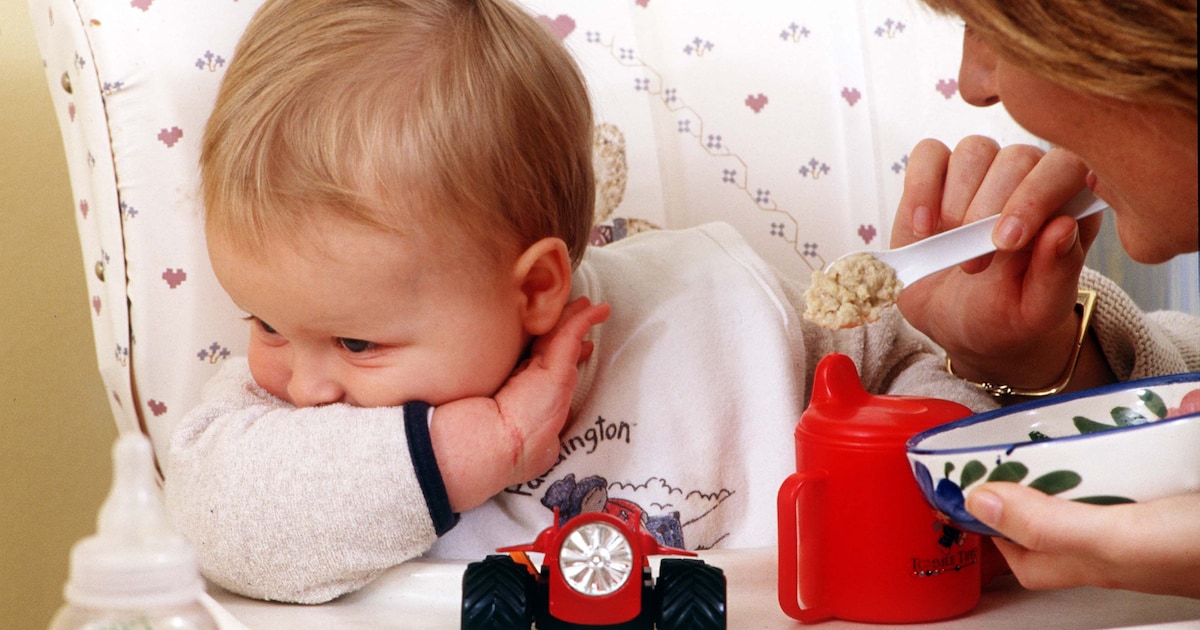As the aging population increases, the number of deaths and serious injuries caused by falls among older people also increases. Therefore, effective fall prevention is increasingly important. A new global guideline provides the scientific basis for this and provides recommendations. Nathalie van der Velde, professor of geriatric medicine, explains the five most important.
In early October it was “fall prevention week”. Therefore, it will not have been a coincidence that at that time the Central Statistics Office announced that in 2021 twice as many people would die from a fall as ten years ago. This means that every day about fifteen people die from a fall.
These are mainly older people: about 43 percent were 80 or older. Furthermore, the knowledge institute SafetyNL expects that, if the policy remains the same, the number of admissions to the Emergency Department (ED) will increase by 50 percent in the next ten years. In 2021, around 105,000 people over the age of 65 ended up in the emergency room after a fall. 80 thousand (76%) of them suffered serious injuries, the most common being brain injuries, hip or wrist fractures. About 12 percent of people who end up in the emergency department are later temporarily or permanently admitted to a nursing home. The main cause of the increase in falls is the aging of the population: muscle strength and balance decline with age. Additionally, falls in older people are often a symptom of an underlying illness or medication use, while today people are living longer with more illnesses and on more medications.
overall guideline
Nathalie van der Velde, professor of geriatric medicine, in particular fall prevention (Amsterdam UMC), is concerned about the increase in falls, because it not only causes high morbidity, mortality and healthcare costs, but also has a large impact in the quality of life. life and autonomy of people. «People are afraid of falling, which leads to a negative spiral with an increased risk of falls. And although falling shouldn’t be part of aging.’ Along with two other professors of geriatric medicine, from Canada and the United Kingdom, she led a steering group of 96 other experts from 39 countries that aimed to develop a global fall prevention guideline. This recently appeared in the scientific journal Age and Aging and is based on scientific evidence and expert consensus. Van der Velde: ‘It is a guideline intended for healthcare providers and policy makers. This gives us an idea of what effective fall prevention care should look like. We can also do many things better in the Netherlands.’ Van der Velde highlights the five most important recommendations and explains how we can apply them in Dutch practice.
1. A low fall risk does not mean there is no risk, so always focus on prevention.
The rapid fall risk test that every healthcare professional can take asks two questions: “Have you fallen in the last twelve months?” and ‘Do you have difficulty moving, walking or keeping your balance?’. If the answer is “no” to both, someone falls into the “not increased risk” or low risk category. ‘However, an elderly person with a low risk has a risk of falling, that is, a 30 per cent chance per year. The new guideline makes it clear that a “low risk” group should not be equated with a “no risk” group, Van der Velde says. ‘And this means that the new guideline recommends using primary prevention in this group through information about falls prevention and the importance of exercise and a healthy diet. In the Netherlands we can do it much more actively.”
2. There is an intermediate category between low and high risk: moderate risk.
“The global guideline contains a flowchart on the assessment of fall risk, distinguishing three groups: low, moderate and high risk,” says Van der Velde. The “moderate risk” group is the group of people who have fallen in the last year and who have balance problems or have trouble walking. Van der Velde: ‘In the Netherlands we do not yet distinguish this group, although these people benefit from strength, balance and gait training. The literature shows that falls training led by certified trainers, such as physical therapists, has been shown to be effective, in contrast to geriatric exercise or general exercise advice. That costs something, but ultimately saves money and quality of life. It would be fantastic if this finding was included in the national Falls Prevention program plan which is currently being developed on behalf of the Ministry of Health, Welfare and Sport and which will begin in 2023.’
3. Consider the older person’s beliefs and attitudes about falls when developing the treatment plan.
“We are often tempted to follow a set treatment plan for older people who have received a fall risk assessment, although it is more effective to personalize it. If we connect better with older people’s own goals, such as maintaining self-sufficiency, we can achieve much more.’ Van der Velde also points out that fall risk assessment is still not sufficiently performed in primary and secondary care. ‘This is partly because people don’t always tell their GP or other healthcare providers after a fall. And if they do report, there is not always time or knowledge to carry out such an analysis. It would also be good if disciplines such as home care, pharmacists and podiatrists, occupational therapists and physiotherapists structurally carry out a fall risk test and possible fall risk assessment.’
Falls are usually a side effect of medications
4. Assess fall risk before prescribing a medication that increases fall risk.
‘Very few doctors and older people realize that falls are a major side effect of medication. Therefore, in people with polypharmacy and in people who have already had a fall, it is important to check at least once a year whether certain medications can be stopped or reduced.’ Van der Velde indicates that the new guideline goes a step further: ‘Before starting to take a medication, the doctor must assess whether it increases the risk of falls. If so, you will need to decide with the patient whether the indication outweighs the side effects, especially if someone is already at higher risk of falling. For example, several studies show that most older people prefer preventing falls and maintaining self-sufficiency to preventing other negative outcomes such as death or a cardiovascular event.’ Because tapering off medication is difficult in practice, European experts led by Van der Velde recently developed a digital screening tool (STOPPFall). This allows clinicians to assess step by step whether a medication increases the risk of falls and what considerations can be taken into account when removing it or not.
5. In the event of an acute fall, be aware that there may be an underlying (acute) condition/problem.
Van der Velde: ‘What is also new is that we have made it explicit that in cases of sudden, repeated or unexplained falls, an atypical presentation of the disease must be considered, that is, an underlying disease such as an acute cardiovascular event, pneumonia or a medicine. secondary effect. Too often, people come up with a stumbling block story that they blame on the environment, say a loose paving stone. And yet, in half of the cases, the elderly do not remember the accident. In the Netherlands, the guideline already prescribes that the emergency department performs a partial fall risk assessment after a fall and ensures that the analysis is completed elsewhere. But it is still unclear to emergency departments exactly what conditions they should consider and what investigations they should immediately use. More specific recommendations will soon be included in the Dutch guideline. Because it is precisely in this group where the analysis of falls is very important, since we know that approximately 20 percent of people who fall return to the emergency room with a fall after a month.’
Also read:

“Friendly travel trailblazer. Certified gamer. Evil bacon practitioner. Analyst. Problem solver.”







